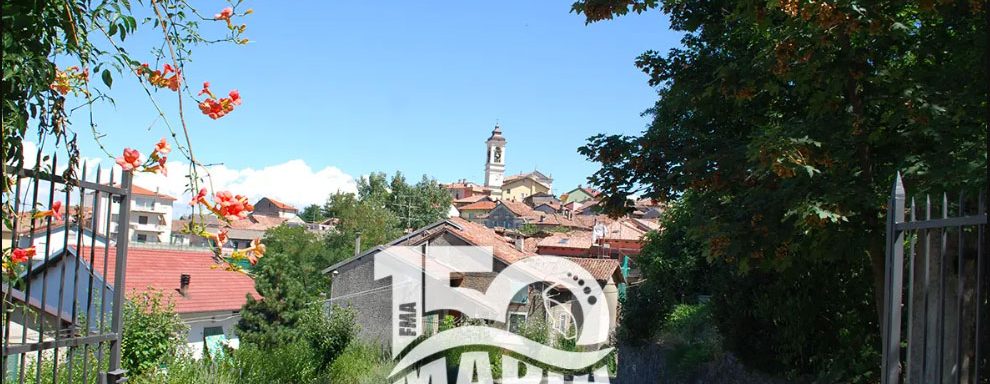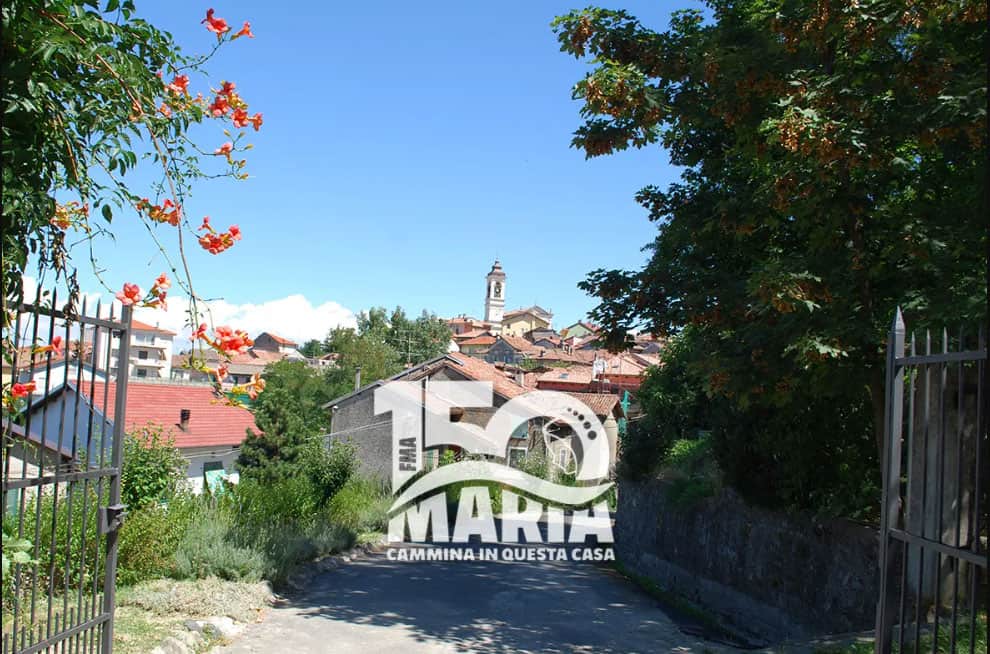(Rome, Italy) – The date of 5 August 1872 is a date of grace and an event of strong communion for all the Daughters of Mary Help of Christians in the world. Towards 5 August 2022, 150 years after this day of memory and future, of gratitude and fidelity, Sr. Piera Cavaglià, Secretary General emeritus of the FMA Institute, shared some reflections on the anniversary.
Remembering is opening the heart to hope
In the Minutes of the Foundation of the Institute there is a sentence that never ceases to make us meditate. “There is an accumulation of circumstances that demonstrate a special providence of the Lord for this Institute” (Cronistoria I, 315). On this feast, we revive the memory of all that God has done in the Institute in 150 years and we therefore open ourselves to hope, because His love is eternal and always new. This memory becomes a ‘star of hope’ also for each of us, who has her own personal history of salvation, to be truly treasured, always having in mind the memory of the great things He has accomplished in her life, in order to have confidence; His mercy is eternal.
The strength of the roots
Let us not tire of returning to the sources, of quenching our thirst at the fresh and restoring source of the Charism, Mornese, where our future is rooted. If we are not well rooted in that land, we cannot bear fruit. Mother Mazzarello wrote to Sr. Angela Vallese about Sr. Vittoria Cantù:
“You must have patience with Sr. Victoria and little by little inspire her with the spirit of our Congregation. She cannot have grasped it yet because she didn’t spend enough time in Mornese. It seems to me that if you know how to take her, she will turn out well” (Letter 25,3).
The meaning of our life and its fruitfulness lies in “remaining united to the Vine” in order to bear fruit. The fruit that the Institute is called to bear is the stamp of the ‘spirit of Mornese’. Whatever nation we belong to, whatever age we are, whatever service is entrusted to us, we know that we must continually ‘return to Mornese’, to mirror ourselves in the genuine holiness of Mother Mazzarello and so many sisters. The more the Constitutions are lived in fidelity, the more the ‘spirit of Mornese’ is lived and witnessed.
The spiritual climate in which the Institute was founded
On the basis of historical and charismatic sources, we revisit the celebration of the foundation of the Institute in Mornese, on 5 August 1872, to grasp its ‘climate’ and re-read the event in the light of the life of the Institute today.
Ecclesial climate
The presence of the Bishop at the foundation of the FMA Institute, confirmed by the signature on the Minutes of the Foundation, seals the ecclesial horizon in which it was born. The ‘land’ where the small group of Daughters of the Immaculate was rooted was the parish, the Diocese. It began on 9 December 1855 (one year after the proclamation of the Dogma of the Immaculate Conception) in the parish and on 31 May 1857, it was officially approved by the Bishop.
The first FMA find themselves involved in Don Bosco’s great ‘dream’: “I must see to it that the blood of Jesus is not shed in vain, both for boys and for girls” (MB VII 218).
Ratifying the election of Mother Mazzarello in his own hand in 1880, Don Bosco wrote:
“I pray to God that He will infuse in all [the FMA] the spirit of charity and fervor, so that this humble Congregation of ours may grow in number, expand into other and then even into more remote countries of the earth …” (Footprints of life, traces of the future D 118).
Consecrated persons will be missionaries above all by continually deepening the awareness of having been chosen and called by God to make His presence visible in the world (cf. VC 25).
Easter atmosphere
The FMA Institute has its roots in the paschal mystery of Jesus, with His passion, death and resurrection. He is born and is fruitful in the sign of suffering. The first FMA are poor, criticized, challenged by misunderstandings, and very soon by illness, defections, premature deaths. Don Bosco is moved observing them on the day of the Foundation and helps them to insert themselves into the logic of the paschal mystery with the metaphor of the nard:
“Among the very small plants there is a very fragrant one: the nard, often mentioned in Sacred Scripture. (…) But do you know what it takes for the nard to smell so good? It must be well beaten. Do not regret, therefore, that you have to suffer. Whoever suffers for Jesus Christ will reign with Him forever. (…) Yes, I can assure you that the Institute will have a great future, if you keep yourselves simple, poor, mortified” (Cronistoria I 305).
The word ‘courage’, repeated frequently by Mother Mazzarello, is pronounced on an experience that really needs comfort and courage.
Marian climate
Why did Don Bosco choose the path of Mornese to start the Institute for women? In addition to the simplicity of those young women, to the generous and sacrificed dedication to the girls of the village, to community life, to the ardent love for Jesus, there is an intense love for Mary. Where Mary is, there is a future and Don Bosco focuses on the future.
The first house is called “House of Mary” as Mother Mazzarello loved to call it. In Mornese, as in Nizza, Mary is not a guest; she is the mistress of the house. There She is considered as the superior, guide, mother. She is entrusted with the keys to the house and to people’s hearts. Her protection and her help are experienced.
The name of the new Institute is a symbol of an identity: Daughters of Mary Help of Christians, a living monument of gratitude.
Mary’s educational mission is in direct relationship with her spiritual motherhood towards all humanity. Mary, as Mother, is called to generate in us the image of the Son, that is, the deeper identity that has been communicated to us by the Father, in Christ, through the Spirit.
On 5 August, may all the FMA feel deeply united to Mother General, to the Sisters of the Council, to the FMA of the 5 Continents, as the entire Family of Mary, which extends into the Church the love of Don Bosco and Mary Domenica Mazzarello for the young people, the little ones, and the poor.
Source: Istituto Figlie di Maria Ausiliatrice


